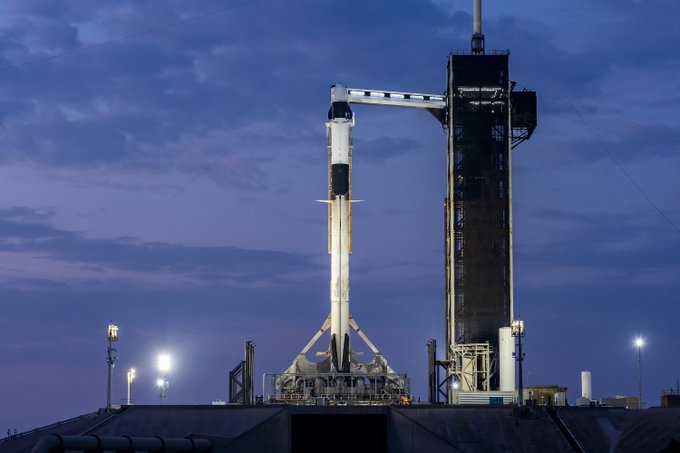From the outset, it was evident that relying solely on a single SpaceX Starship was not a feasible option for a journey to Mars. The challenges of traversing beyond Earth’s orbit, which would necessitate multiple refueling stops using additional Starships, as well as successfully recovering all the spacecraft and their Super Heavy boosters, are formidable. Despite the promise of the Starship to increase payload capacity and reduce costs through its reusability, Elon Musk, CEO of SpaceX, has acknowledged the possibility of utilizing “expendable” upper stages to further increase the amount of cargo transported into Earth’s orbit. This raises concerns, as the accumulation of discarded rocket stages in our orbit is already a growing issue.
An astute Twitter user stumbled upon a reference to an “expendable” starship configuration on SpaceX’s website, capable of launching up to 250 metric tons into Earth’s orbit, an impressive feat that surpasses the lifting capacity of NASA’s Saturn V by more than double. Upon inquiry, Elon Musk provided an unclear response, stating that the company had not reached a decision on developing an “expendable upper stage.” This ambiguity is not unexpected, as SpaceX is yet to launch and recover a starship and its booster from orbit.
However, as highlighted by Teslarati, Elon Musk previously discussed the possibility of a “lightened” starship lacking heat shielding and fins/legs, which he referred to as the “best choice for the impatient” in 2019. Additionally, Teslarati reported that SpaceX is actively developing seemingly disposable starship prototypes without heat tiles or aerodynamic flaps, suggesting they may not be intended for safe landing and reuse.
It is likely that not all of the heavy-launch spacecraft and boosters launched by SpaceX will be recovered and reused. The fate of these expended rockets, whether they will be placed in a graveyard orbit or allowed to burn up upon reentry into Earth’s atmosphere, is yet to be determined.
The expendable capabilities of the starship are truly remarkable, with the potential to launch more usable mass into low Earth orbit than the International Space Station, which weighs approximately 420 tons (~925,000 lbs) and was built over the course of numerous launches. If SpaceX can make starship launches frequent and routine, this would be a revolutionary accomplishment in the field of space exploration.

















